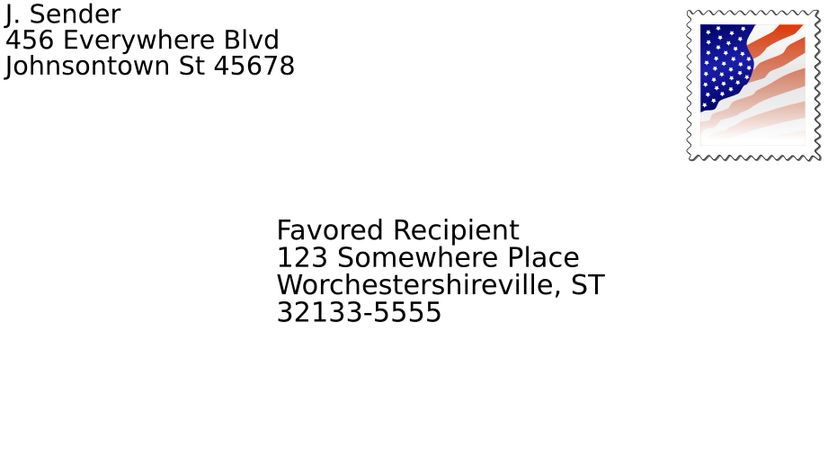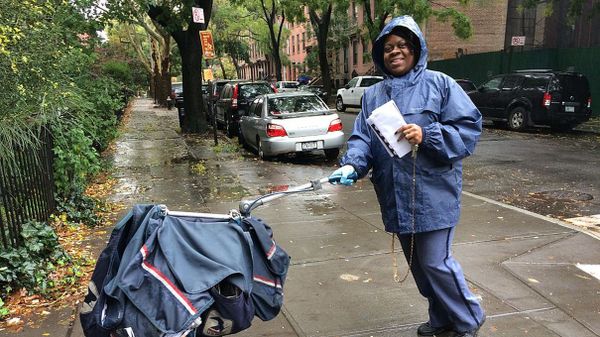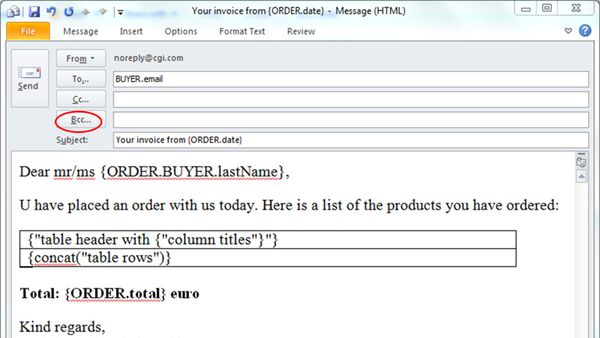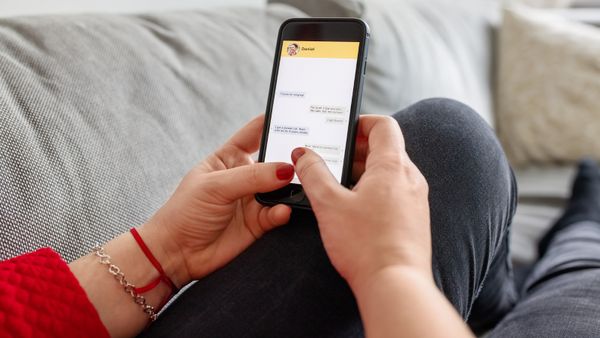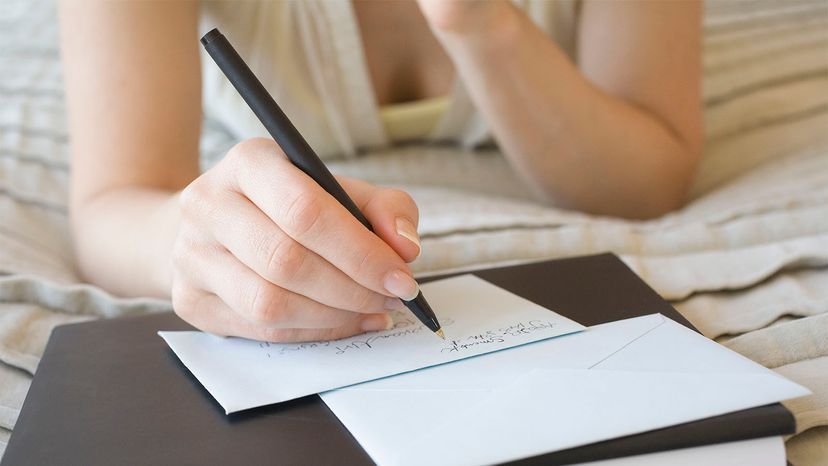
In the age of technology, mailing letters seems like an antiquated task and an inconvenience when you can send an email or text in a matter of seconds. But in some cases, mailing a letter might be your only option, your best option or the most sincere option (depending on what type of letter it is, of course).
And if that's the case, you may need these instructions on how to address a letter.
Advertisement
